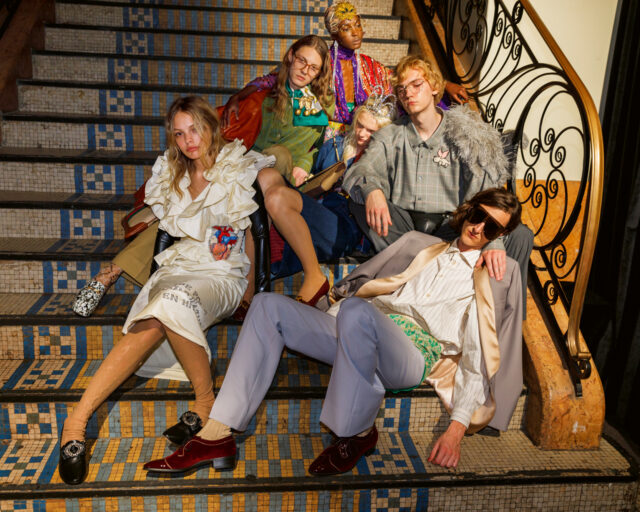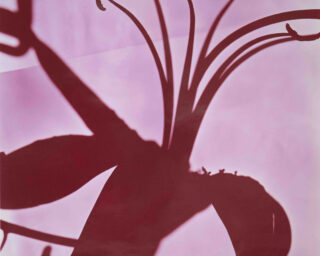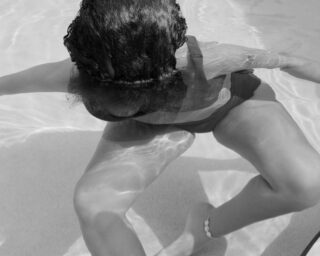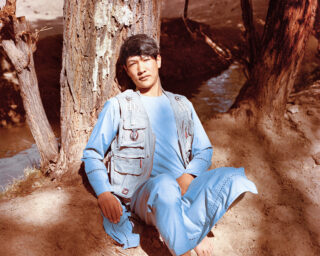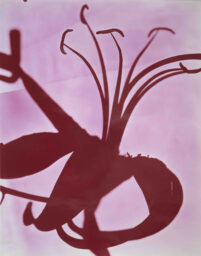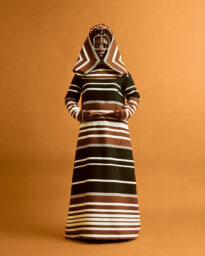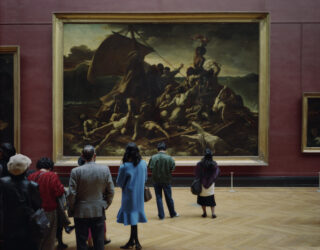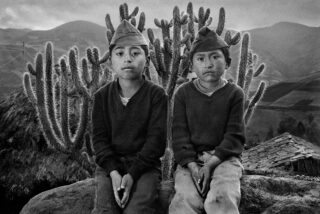A Mouthwatering History of Photography
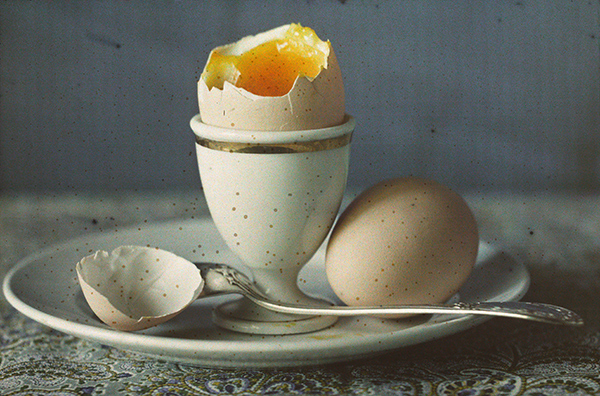
Wladimir Schohin, Stilleben, 1910
Courtesy Amatörfotografklubben I Helsingfors rf, Finland
Wladimir Schohin
Early color photography showcases soft hues, from a time before color became a staple of commercial photography. This autochrome of an egg is startling in its modern simplicity; it captures the yellowish-orange of the yolk, which was notoriously difficult to recreate with this process. The style and simplicity of many early color photographs marked a distinct change from photographic still lives of the nineteenth century, and rejected the allegorical traditions of painting.
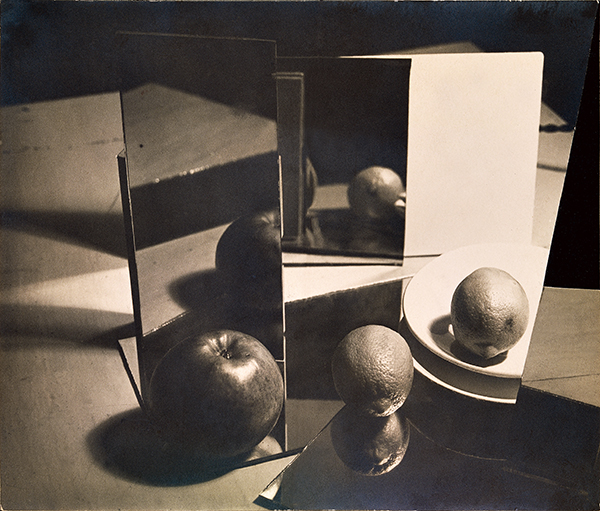
Florence Henri, Composition Abstraite, 1929
Courtesy Galleria Martini e Ronchetti, Genoa, Italy
Florence Henri
Florence Henri visited the Bauhaus school in 1927 and became a key figure in the European avant-garde between the world wars. In her photographs, she attended to space, volume, and balance with skillful use of mirrors and food. Henri also used collage to create her still lifes, then rephotographed them—as can be seen here with the apple and oranges.
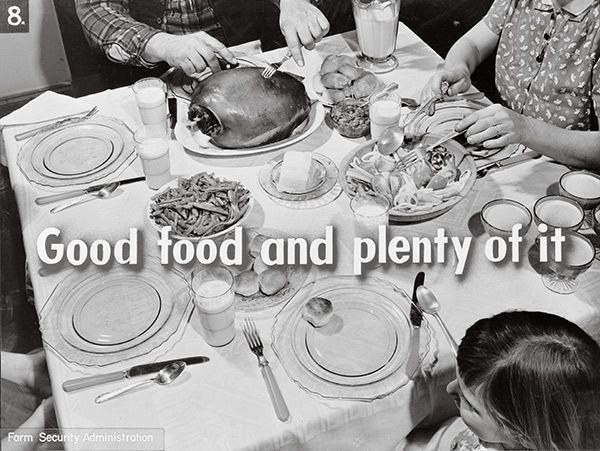
Farm Security Administration, photographs from Today’s Storage Is Tomorrow’s Dinner, 1942
Courtesy the Library of Congress Prints and Photographs Division
Farm Security Administration
The filmstrip Today’s Storage Is Tomorrow’s Dinner was designed to educate the public about preserving, canning, growing, and curing food as America entered the Second World War. Shown in schools and libraries, it promoted a lifestyle where nothing was wasted, at a time when food supply was limited. The photographs were taken by photographers such as Marion Post Wolcott, John Vachon, Russell Lee, and John Collier, then combined to make a narrative accompanied by a voiceover.

Cover of New Recipes for Good Eating, 1949
New Recipes for Good Eating
On the cover of this “cookbooklet” produced by Crisco, a photograph represents a fantasy of America that reverberated through much of how food was photographed in commercial settings. The cook is the mother, who happily feeds her perfect nuclear family homemade doughnuts, which she expertly deep-fries without any concern about two young children being nearby. One wonders, who will eat them all?
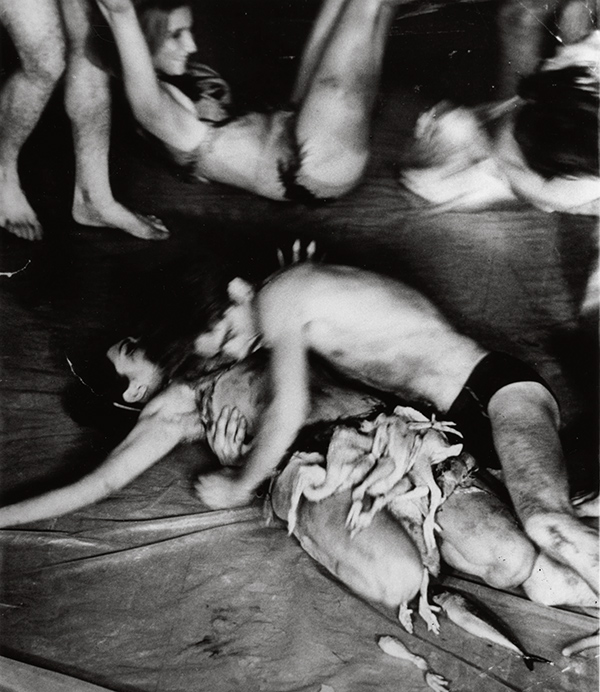
Carolee Schneemann, Still from Meat Joy, 1964
Courtesy of the artist and PPOW Gallery, New York
Carolee Schneemann
Feminist art of the 1960s and 1970s often turned to performance, and in particular the female body as a site for radical exploration. Carolee Schneemann’s Meat Joy NYC (1964) reflects a time of female emancipation in the art world and the culture at large. This is a celebration of not only human flesh, but also that of animals—in this case, fish, chicken, and pig-sausage, which were rubbed over near-naked bodies in a bacchanalian performance.
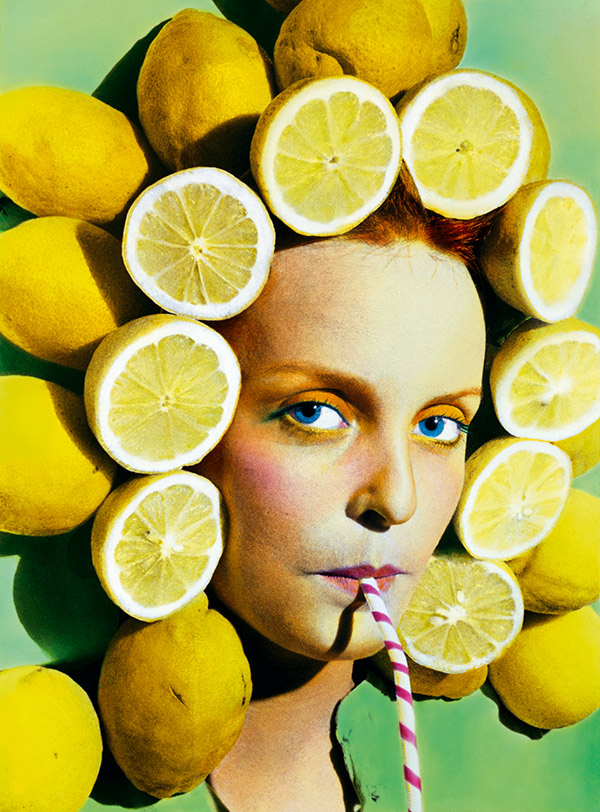
Ouka Leele, Peluquería, Limones, 1979
© the artist
Ouka Leele
Spanish photographer Ouka Leele came to prominence after Franco’s fascist regime, and her colorful, playful images reflect this new period of freedom and exuberance, with its greater artistic possibilities. The colors are very particular to her practice, since she hand-paints them onto her black-and-white photographs. The lemons and straw suggest an advertising image, but no brands or labels are included.
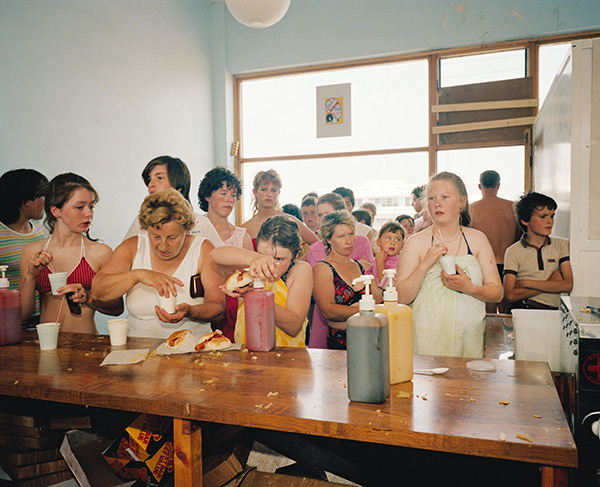
Martin Parr, Untitled (Hot Dog Stand), 1983–85
© the artist/Magnum Photos
Martin Parr
As in much of his other photography, Martin Parr turns to the cliché or stereotype to represent food and comment on national identity. The images are often garish, consumerist, and frequently just plain silly. Parr concentrates on what is considered “ordinary” food; this is not the stuff of banquets or weddings, but of church bake sales and butchers’ slabs. Here, the British seaside is shown as a scrum of people waiting for hot dogs and tea.
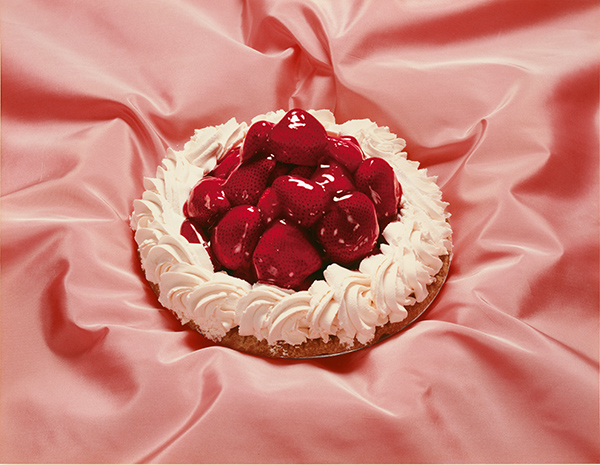
Jo Ann Callis, Untitled, 1994, from the series Forbidden Pleasures
© the artist and courtesy Rose Gallery, Santa Monica
Jo Ann Callis
Often setting her food against bright colors, Jo Ann Callis manages to photograph food so that it appears extraordinarily sexual, without making any direct reference to sex. Her treatment of the food is obsessive and tense, relying on saturated, cinematic lighting to create an unknown drama seemingly set in the 1950s or 1960s. Callis’s food becomes gendered; the construction here appears resolutely female, while simultaneously highlighting the clichés of femininity.

Laura Letinsky, Untitled #43, 2002, from the series Hardly More Than Ever
Courtesy the artist and Yancey Richardson Gallery, New York
Laura Letinsky
Since the 1990s, Laura Letinsky has been creating meticulously composed still-life photographs influenced by seventeenth-century Renaissance painting and later masters such as Chardin, Cézanne, and Morandi. But instead of simply referencing art history, her photographs are inscribed with the remnants of family life—specifically the aftermath of a meal—and hint at action outside the frame.
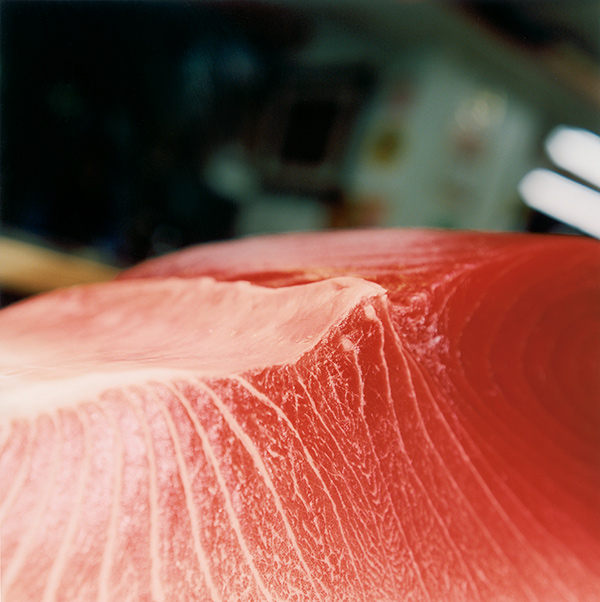
Rinko Kawauchi, Untitled, 2009; from the series Illuminance
© the artist
Rinko Kawauchi
Concentrating on tiny gestures of the everyday and musing on small, fascinating details, Rinko Kawauchi’s photographs feel like a sigh of serenity in a frenetic world. Food is a crucial part of that investigation into the quotidian. Photographed with an undulating perspective, moving in and out of focus, the most simple and delicate of foods—tuna, fish eggs, or melon—become something wholly more substantial.
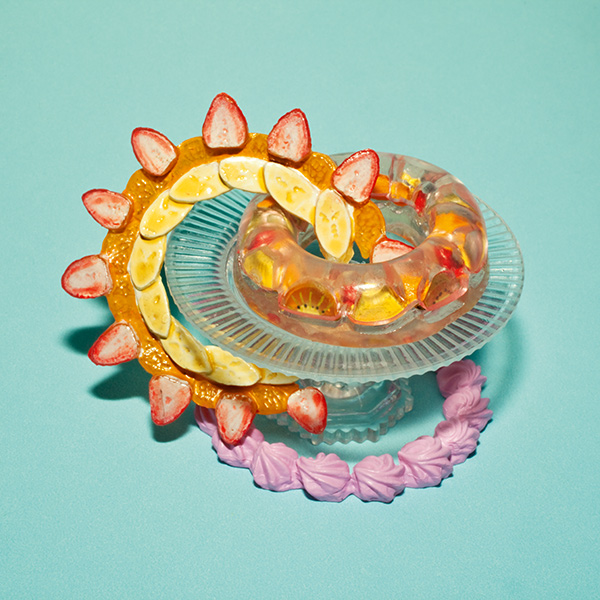
Joseph Maida, #jelly #jello #fruity #fruto #thingsarequeer, October 26, 2014
© the artist
Joseph Maida
Joseph Maida crafts subversive tableaux that take their first cues from the social media trope of food porn, and add purposeful doses of Pop art humor, advertising gloss, and Japanese kawaii (cuteness). Working in a detached, matter-of-fact, style, Maida makes images that are historically understood as “straight”—referring to both skillful aesthetics and lack of manipulation—undoubtedly queer.
This feature is adapted from Feast for the Eyes, published by Aperture in June 2017.











